Product information
Reviews
Shipping & returns
Product information
NI SCXI-1328 High-precision isothermal terminal block module
Functional characteristics
Connection configuration: It has 18 screw terminals and can be connected to modules such as SCXI-1120, SCXI-1120D, SCXI-1121, SCXI-1125 and SCXI-1126. One pair of terminals is connected to the ground of the SCXI chassis. For different modules, the uses of the remaining terminals vary. For example, for SCXI-1120 /D, SCXI-1125 and SCXI-1126, another 8 pairs of screw terminals are used to connect the 8 inputs of the module; For SCXI-1121, 4 pairs of screw terminals are used for 4 module inputs, and 4 pairs are used for module excitation channels.
Signal characteristics: It adopts DC coupling mode. The maximum operating voltage between channels and between channels and ground is 300Vrms, which can adapt to the transmission and processing of various signals.
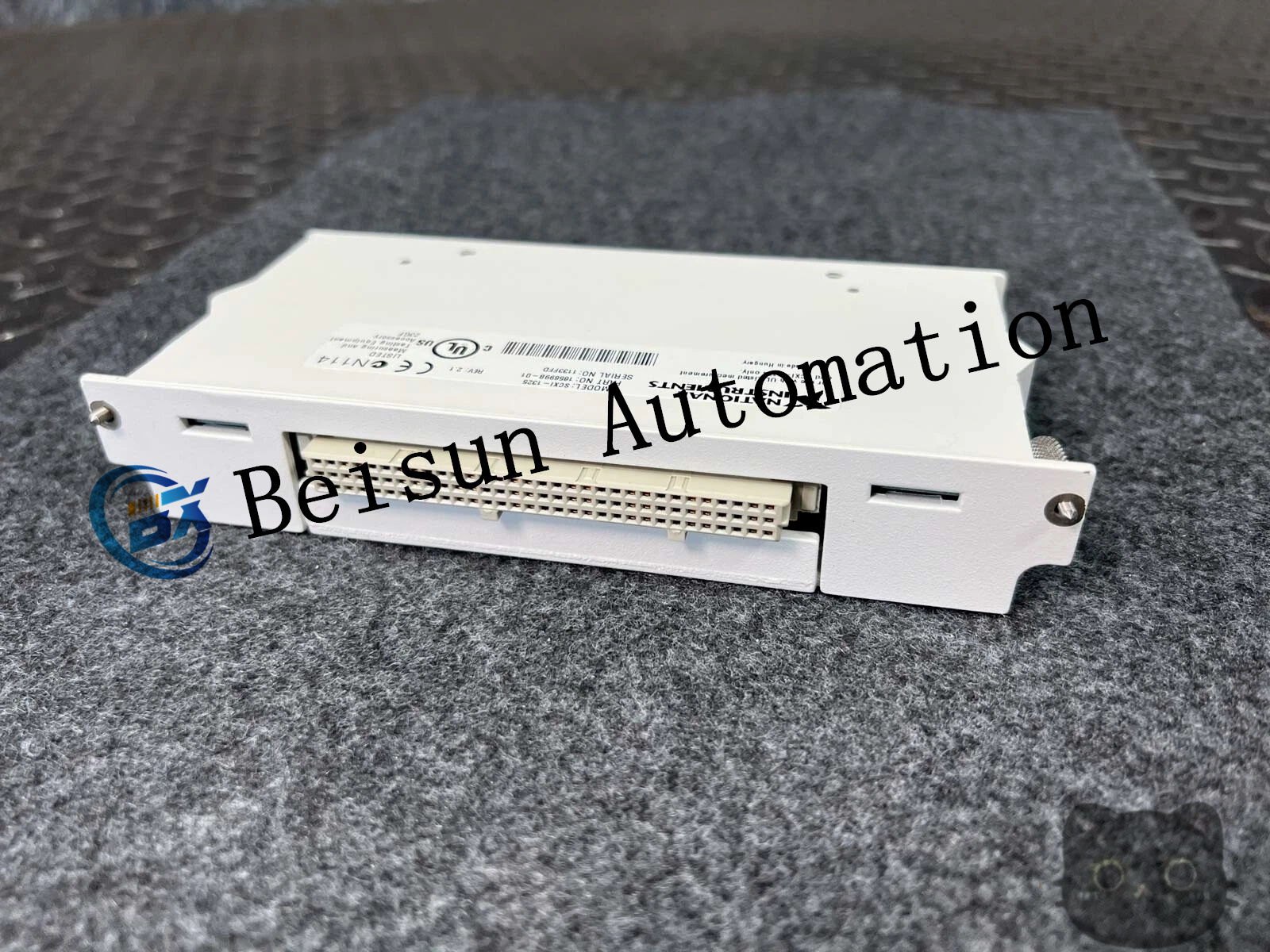
Temperature compensation and measurement: Equipped with high-precision thermistors and aluminum isothermal plates, it can achieve precise cold junction compensation, reduce the temperature gradient between screw terminals, and improve the accuracy of thermocouple measurement. The on-board temperature sensor can measure the ambient temperature inside the terminal block, providing data support for cold end compensation. The accuracy is 0.5˚C when the temperature is between 15 and 35˚C. The accuracy is 0.9˚C at 0 to 15˚C and 35 to 55˚C.
Cold junction compensation function: This module is equipped with high-precision thermistors and, in combination with aluminum isothermal plates, can precisely achieve cold junction compensation. When using thermocouples for measurement, the temperature gradient between the screw terminals can be significantly reduced, ensuring the accuracy of the measurement results. The on-board temperature sensor can precisely measure the ambient temperature inside the terminal block, providing accurate temperature data for cold end compensation. Users can convert voltage readings into temperature values through the thermistor conversion equation. If LabVIEW is used, Convert Thermistor VI can be utilized; If NI-DAQ is used, the Thermistor Convert function can be called to perform the relevant operations.


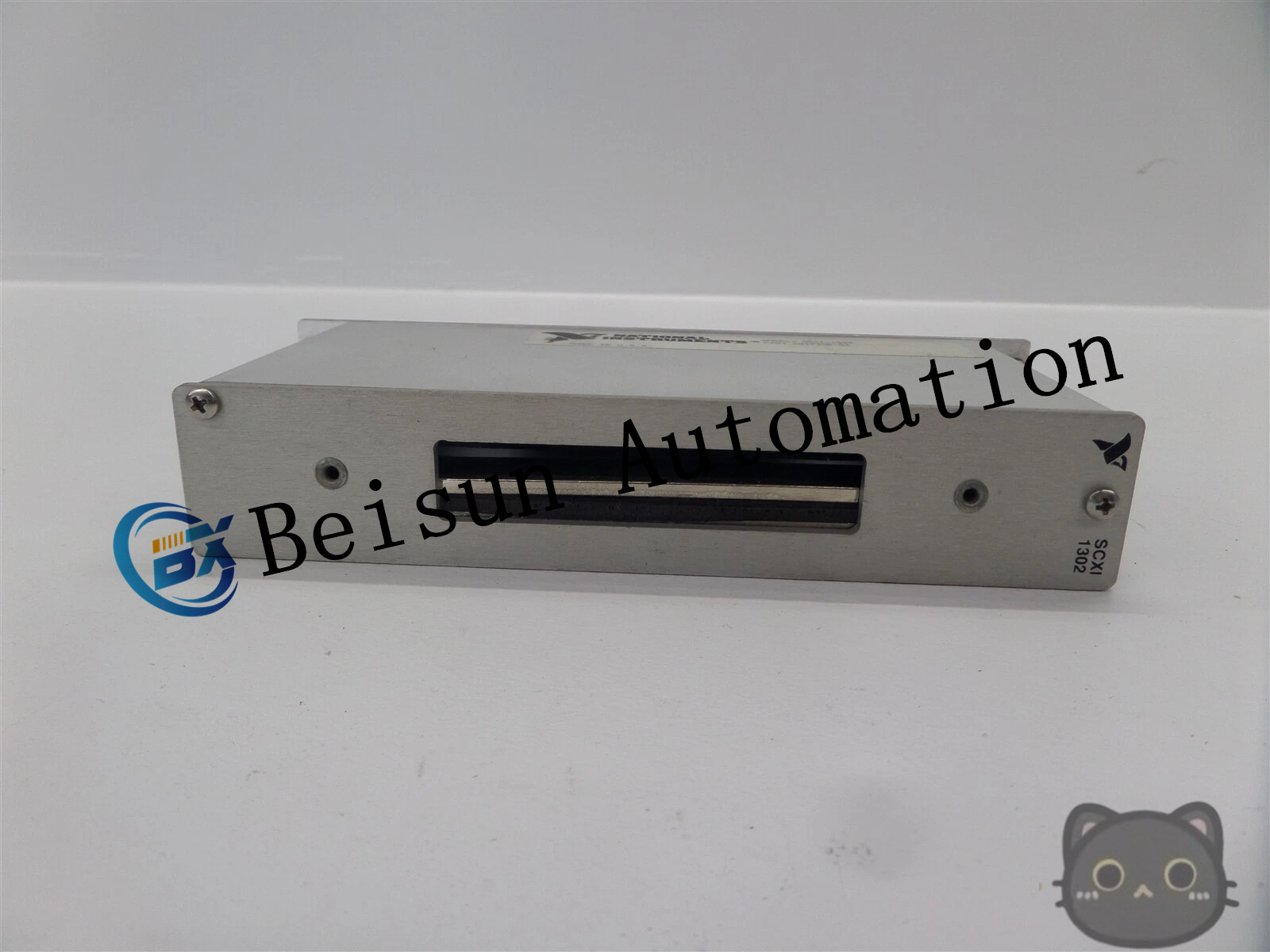

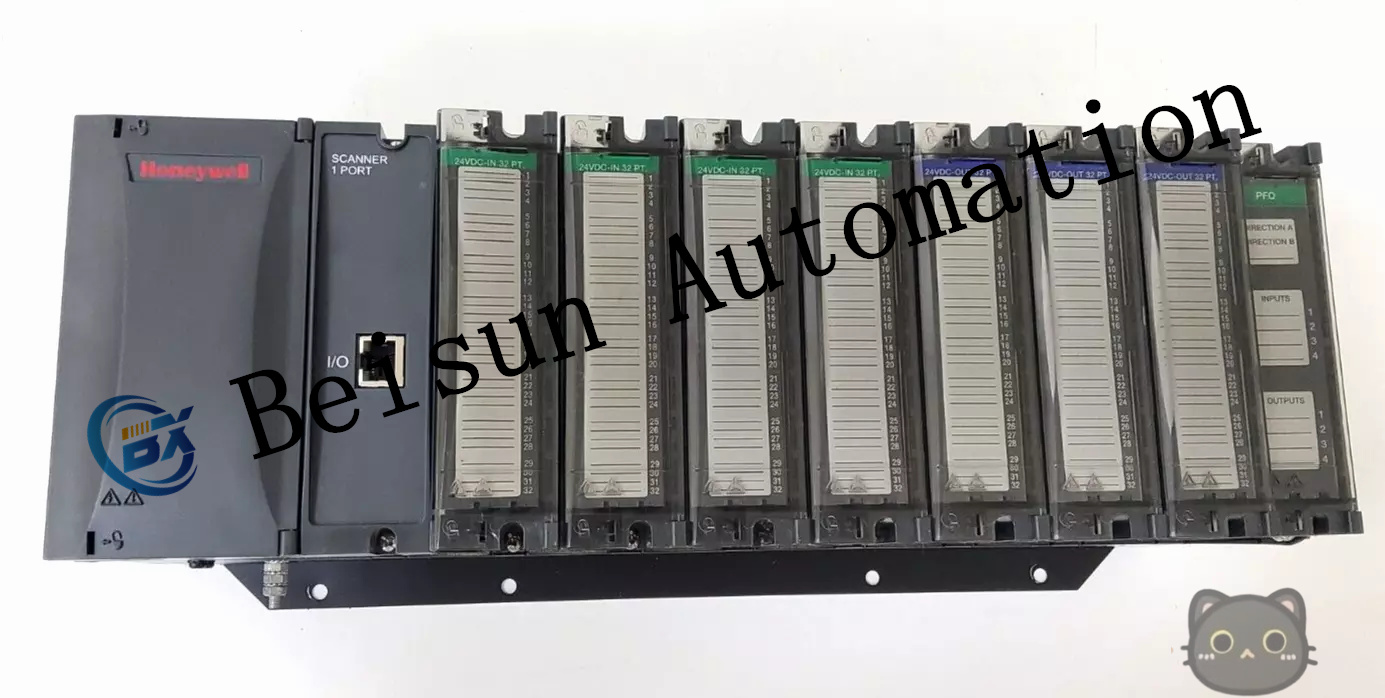

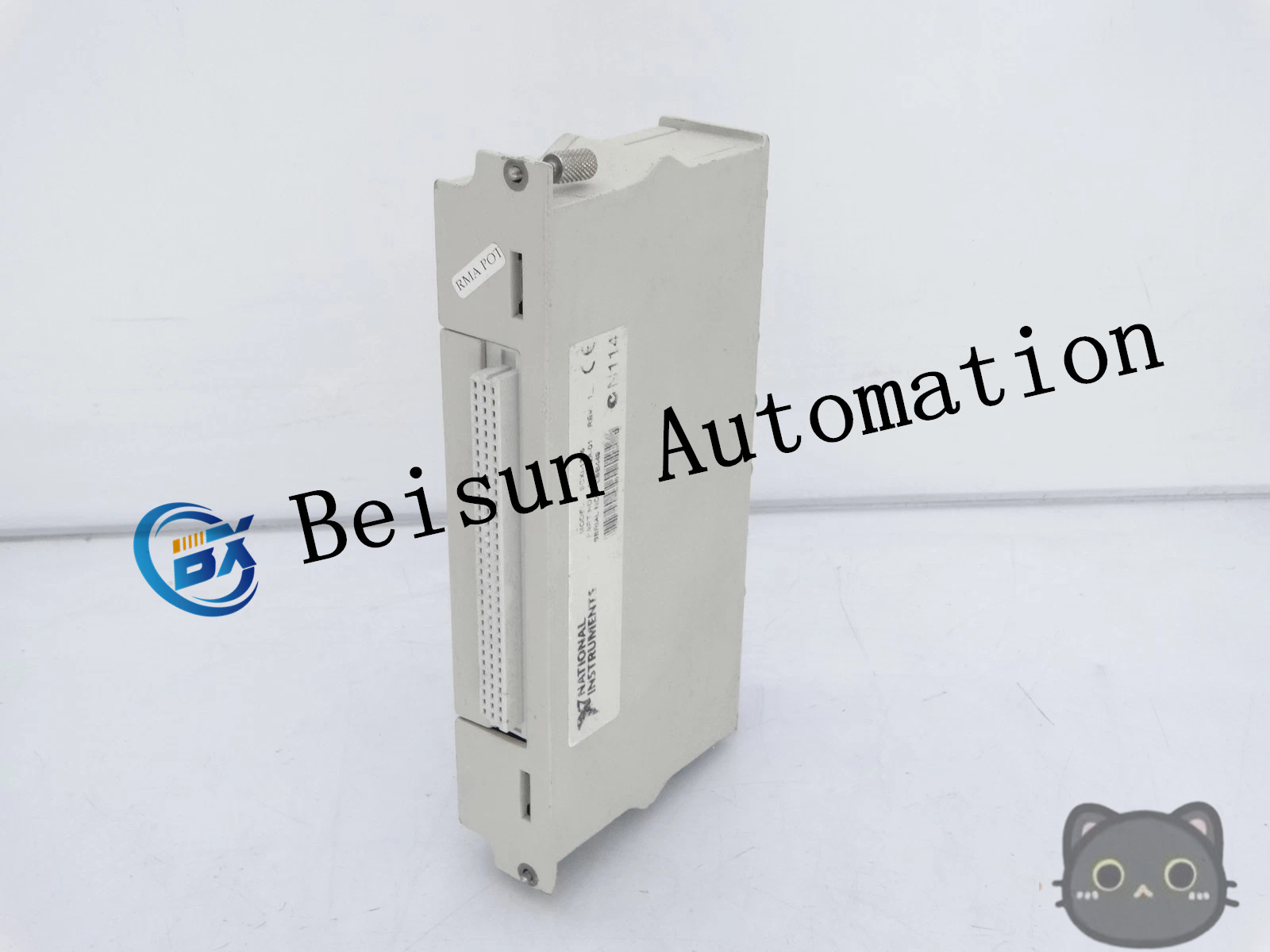
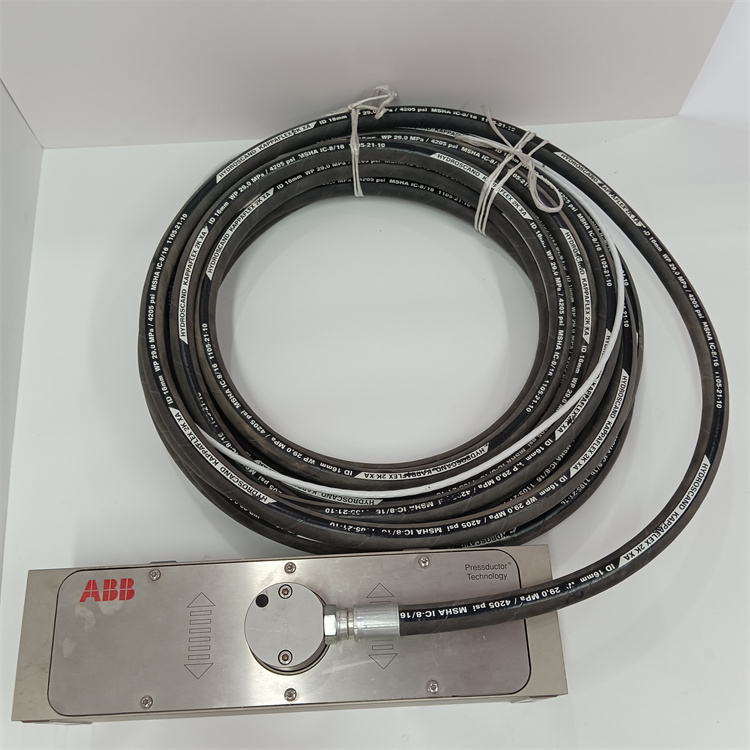
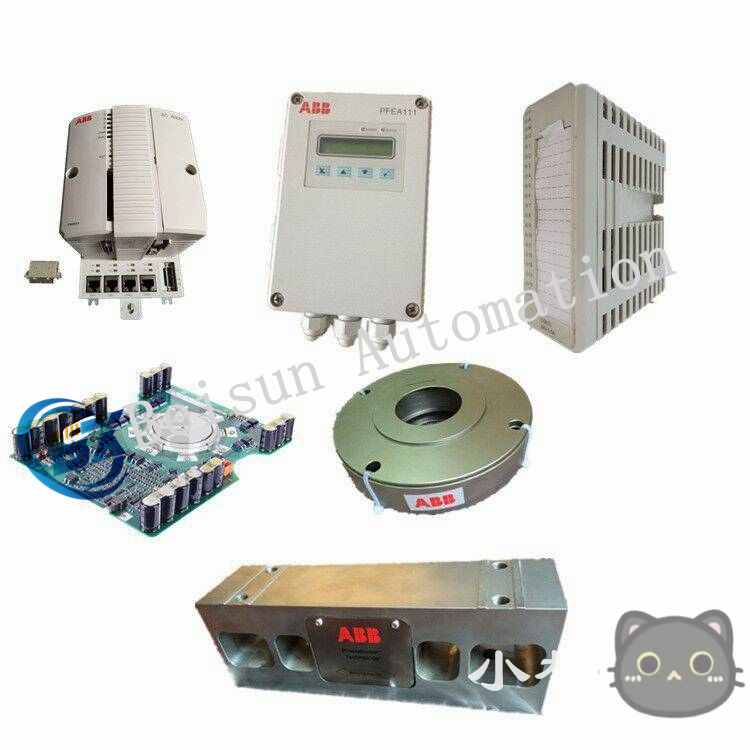
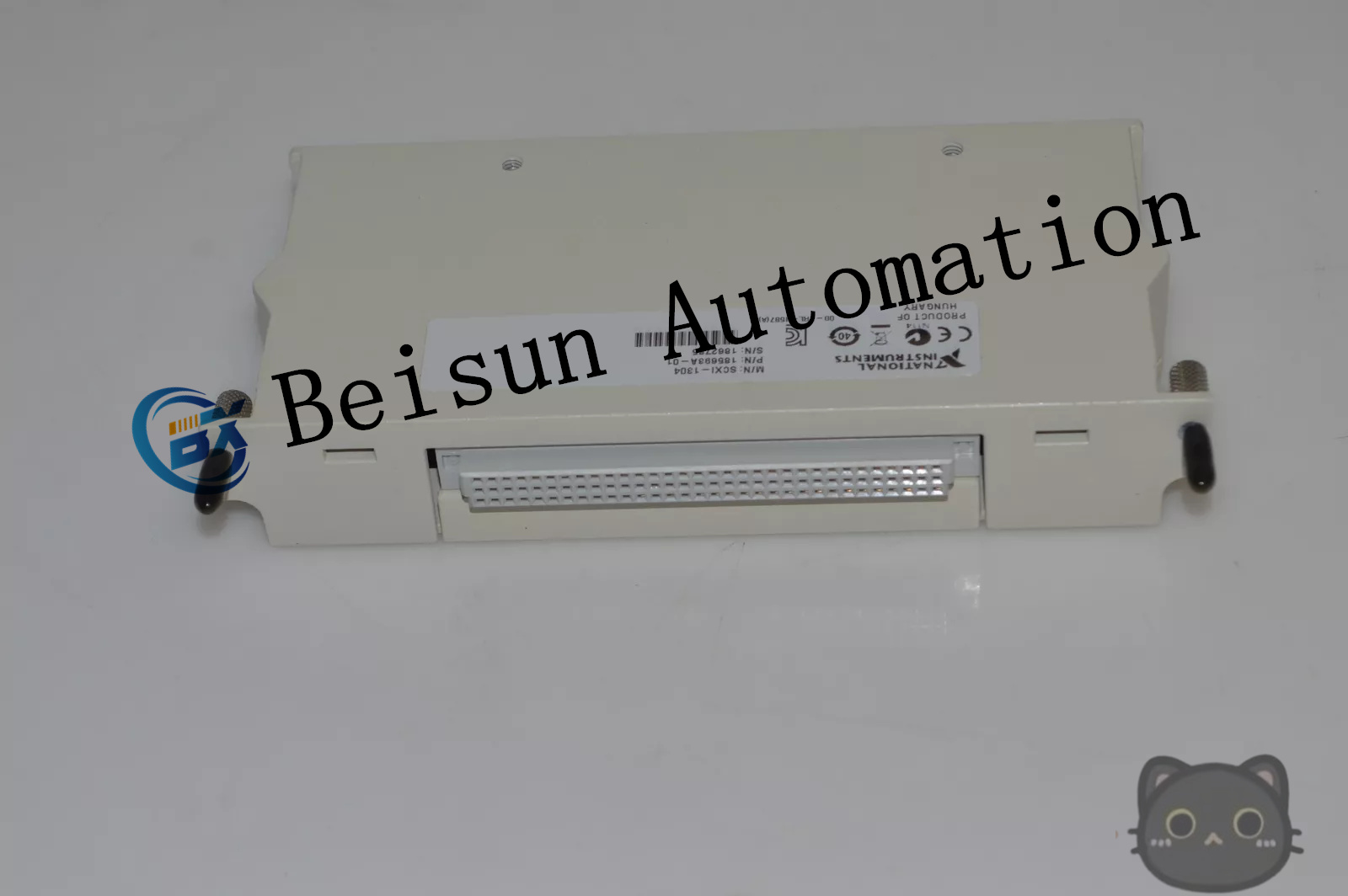
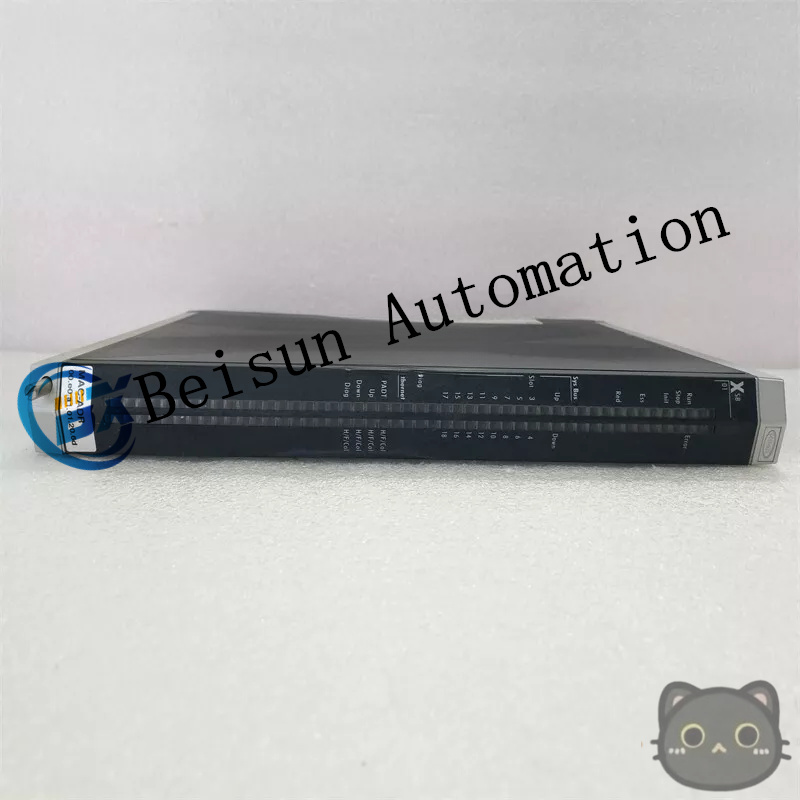
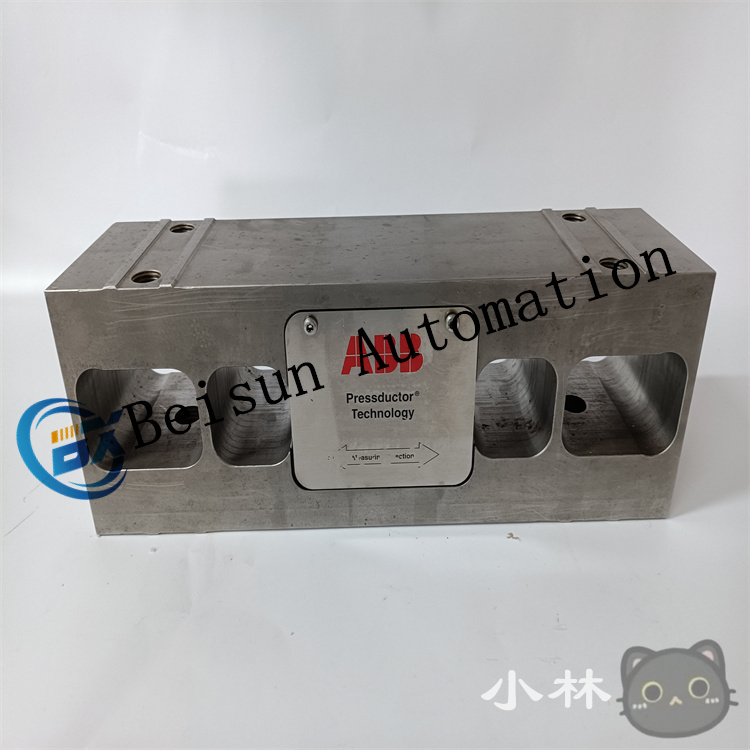
Reviews
There are no reviews yet.